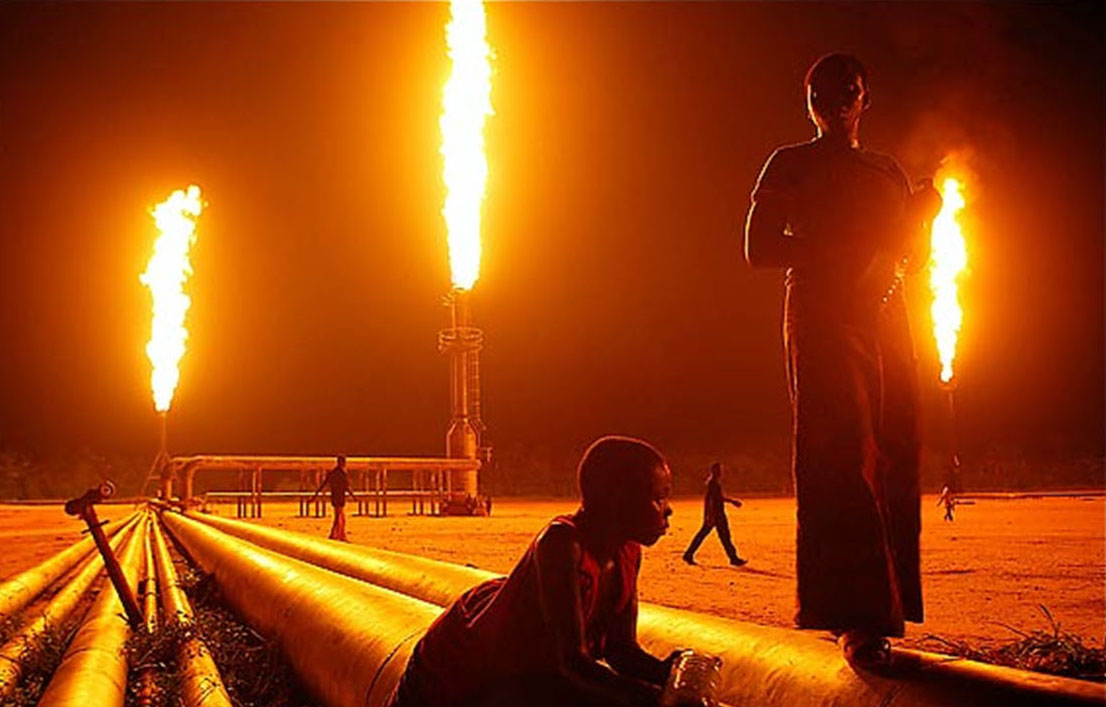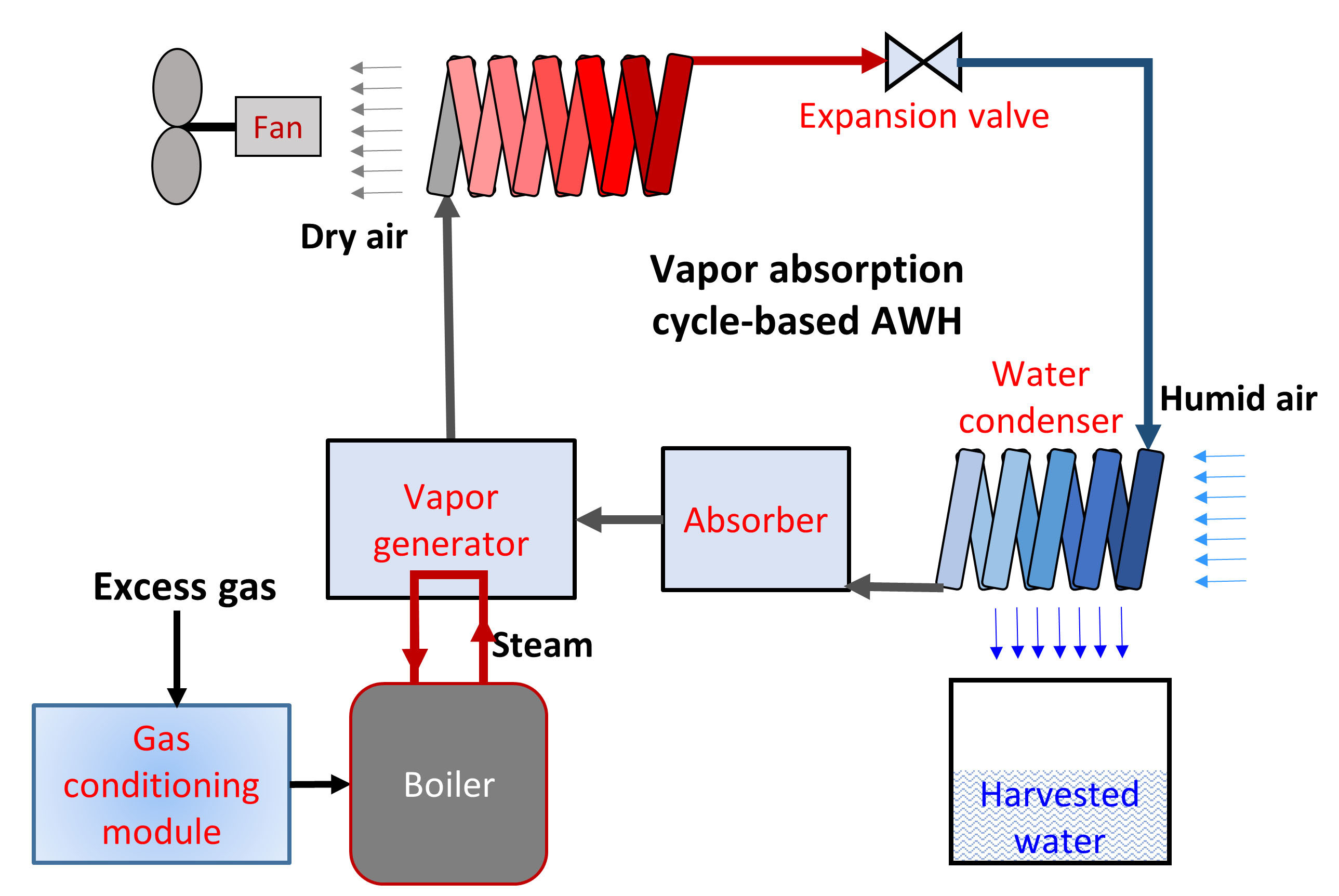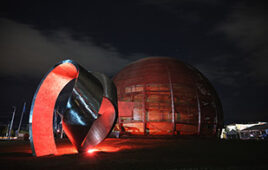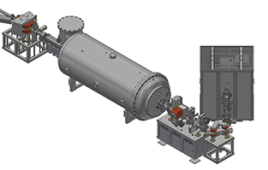
Flaring is a big environental and resource-waste issue in ebergy-rich, but otherwise poor Nigeria. (Credits: Bahadur Group, UT Austin)
The issues
How do you stop more than $50 billion from going up in flames every year? There is no good answer when you are talking about natural gas, co-produced with oil. For decades, Russian, Middle Eastern and African oil producers have flared off this gas, with little concerns about pollution (air, light, thermal), carbon emissions, or energy waste (4 percent of global gas production is flared). Large-scale flaring was uncommon in the U.S.; now, however, the country has leapfrogged many nations recently, and ranks as the fifth largest flarer.
The reason can be explained by two words—hydraulic fracturing. The spike in flaring is a direct consequence of the fracking boom. Newly fracked wells produce a surge of gas, much like the gas that fizzes out when you pop a soda can. Most wells do not have gas-handling or transport infrastructure, leaving flaring as the sole practical option. Most flaring occurs in the first few weeks to months of a well’s life.
Top flaring hotspots include the Bakken (North Dakota) and Eagle Ford (Texas) Shales, which account for 40 and 30 percent of U.S. flaring, respectively. It is estimated that a third of the gas produced in North Dakota is flared. Satellites capture flaring in a chilling manner. The light intensity from Eagle Ford flaring in the same as that from nearby Houston.
In addition to flaring, oil producers are currently battling another environment-related problem; one which directly affects their bottom line. Fracking is water intensive at 2.5 million gallons per well (equal to 4 Olympic sized swimming pools). Furthermore, the location of many big-shale reserves in water-stressed areas adds onto H2O challenges. Freshwater procurement and transportation can cost up to $5 per barrel. A related issue is the enormous truck traffic—it takes 450 trucks to supply water for a single frack job. Overall, water will remain a bottleneck for energy production in many parts of the country.

Flared gas-powered, vapor-absorption cycle for atmospheric water harvesting (AWH). Atmospheric moisture condenses on the water condenser. The heat released during condensation is ultimately rejected to the ambient by the air cooled condenser.
The solution
Can these two problems be jointly solved in a way that utilizes waste (gas) to create value (water)? The answer is, yes, via a technology which always had potential, but never really took off. Atmospheric water harvesting (AWH) is based on condensing moisture from air using a refrigeration cycle, similar to what happens in a dehumidifier. While the atmosphere is a large renewable freshwater source, water condensation is energy-intensive. Existing harvesters involve costs upwards of 20 cents/gallon, which has been the deal breaker for industrial-scale AWH.
‘Free’ excess gas can power large-scale AWH systems to supply freshwater to oilfields. This is especially attractive for places where three factors converge: availability of excess gas, local water needs, and high humidity. The Eagle Ford, in particular, meets these criteria very well.
The technology
Condensing water releases 2260 kilojoules of heat per kilogram of water condensed; this has to be absorbed by the refrigeration system. While vapor compression cycles (household refrigerator) can be used, analyses indicate that vapor absorption cycles will offer better water yields. Water-lithium bromide vapor absorption systems are used for large-scale air-conditioning, and could be adapted for this application.
In a flared gas-based vapor absorption system, natural gas from the wellhead is fed to a boiler after treatment in a gas-conditioning module. Steam generation in this boiler essentially powers the cycle. Cooling is generated in the evaporator by dissolving a refrigerant (water). The evaporator is a tube bundle with refrigerant evaporating inside and atmospheric moisture condensing outside. The evaporated refrigerant is next absorbed by a secondary liquid (lithium bromide) in the absorber. This refrigerant saturated solution is then heated in the vapor generator (using the boiler steam) to release refrigerant as high pressure vapor. This vapor then compresses in the air-cooled condenser, thereby rejecting the condensation heat release back to the ambient.
Vapor absorption systems offer distinct advantages compared to other refrigeration systems. Firstly, analyses indicate that vapor absorption systems will generate higher cooling capacity per unit of gas burnt, as compared to vapor compression systems. Secondly, absorption systems do not need a mechanical compressor (unlike vapor compression systems), which increases reliability. Thirdly, absorption systems have historically been preferred over compression systems for industrial-scale refrigeration. Several manufacturers offer absorption systems with the required tonnage for this application.
What can this high quality freshwater be used for? While many oilfield operations require water, the two most important ones are fracking and drilling. At more than 50 locations in the Bakken, the water required to drill or frack a new well can be provided onsite in just three days, and three weeks, respectively. With proper planning, AWH can supply a significant fraction of the water required to develop additional wells at existing sites. Overall, 22,000 wells can be drilled or 2200 wells can be fracked from AWH water annually. Additionally, adaptation of this concept will eliminate 7 million truck roundtrips.

Daily water harvest from gas flared per well in the Eagle Ford and Bakken Shales. Water harvest depends on the flaring rate and weather.
R&D Challenges
While it looks as if this technology could be implemented easily, it has its share of challenges. Foremost among these challenges is the size of industrial scale AWH systems. In order to make this technology viable, the AWH system has to be made compact to the point that it can be transported on a semi-trailer. This is critical since flaring is temporary, lasting weeks to months. The biggest challenge to compactness is the water condenser and the air-cooled heat exchanger, both of which are bulky configurations of metal tubes and plates. There are several ongoing R&D efforts targeted at solving these challenges.
Compact water condensers can be realized by using superhydrophobic coatings on condenser tubes. These devices enable moisture to condense as drops, which rapidly roll off, thereby exposing the surface to fresh moisture. In conventional condensers, water condenses as a film, which impedes heat transfer. Superhydrophobic coatings can enhance thermal performance by an order of magnitude, and reduce the size accordingly. Similarly, there are multiple efforts targeted at developing compact air-cooled condensers. These include the development of heat exchangers that use polymer composites or high thermal conductivity polymers, which offer advantages such as lower costs, reduced weight and corrosion resistance. Another challenge with condensers is the need to drain large volumes of water to prevent performance degradation.
Perspectives
Flaring is as old as oil-gas production, and despite several efforts, the status quo remains unchanged. The solution does not necessarily lie in increased regulation, but in innovation that utilizes gas to create value. Water is a bottleneck to oil extraction, and is increasingly more valuable than other uses of flared gas. Flared gas-based AWH thus offers a greater value proposition than competing technologies.
Globally, the Middle East, Africa and Central America emerge as places that would benefit from this approach. AWH can also be positioned as an alternative to desalination in humid places with high flaring, but which lack brackish water sources. Going even further, this technology enables a new market for natural gas. The current glut of gas only serves to highlight the potential global benefits of natural gas-based AWH.




